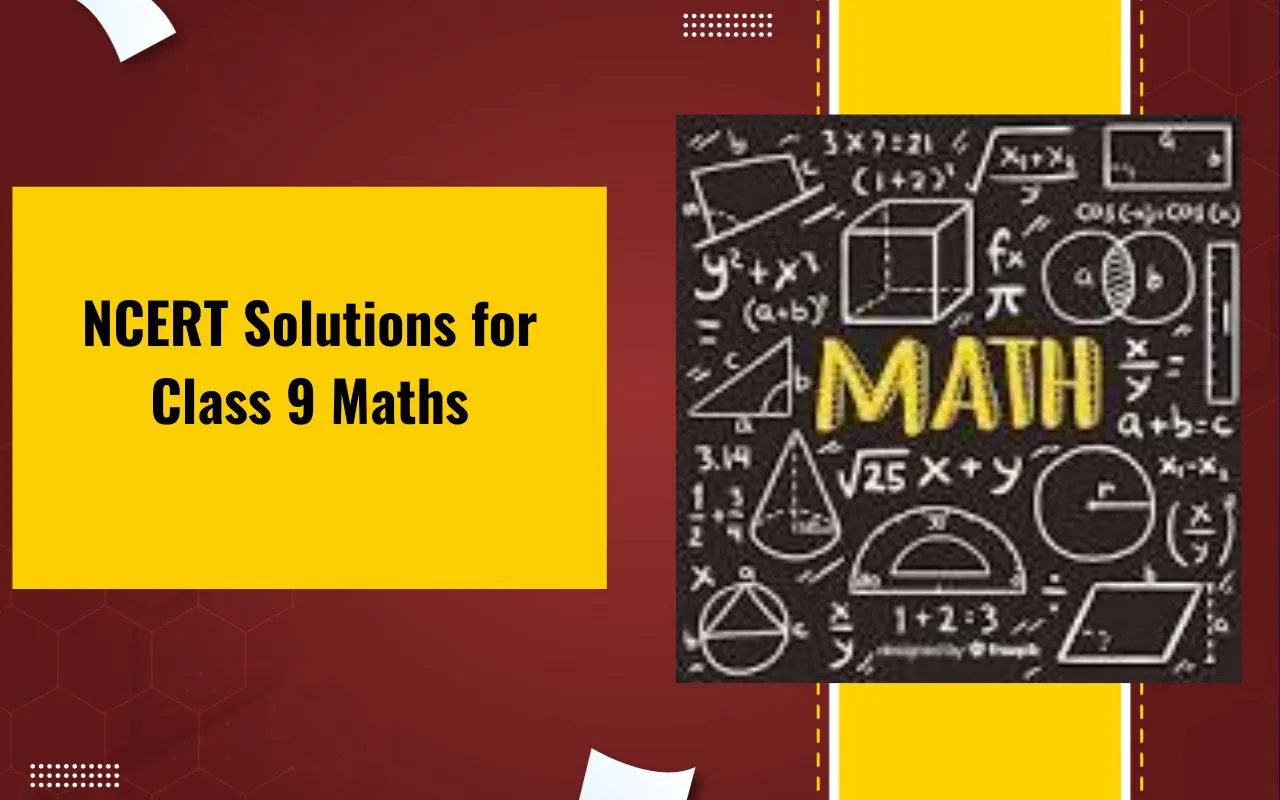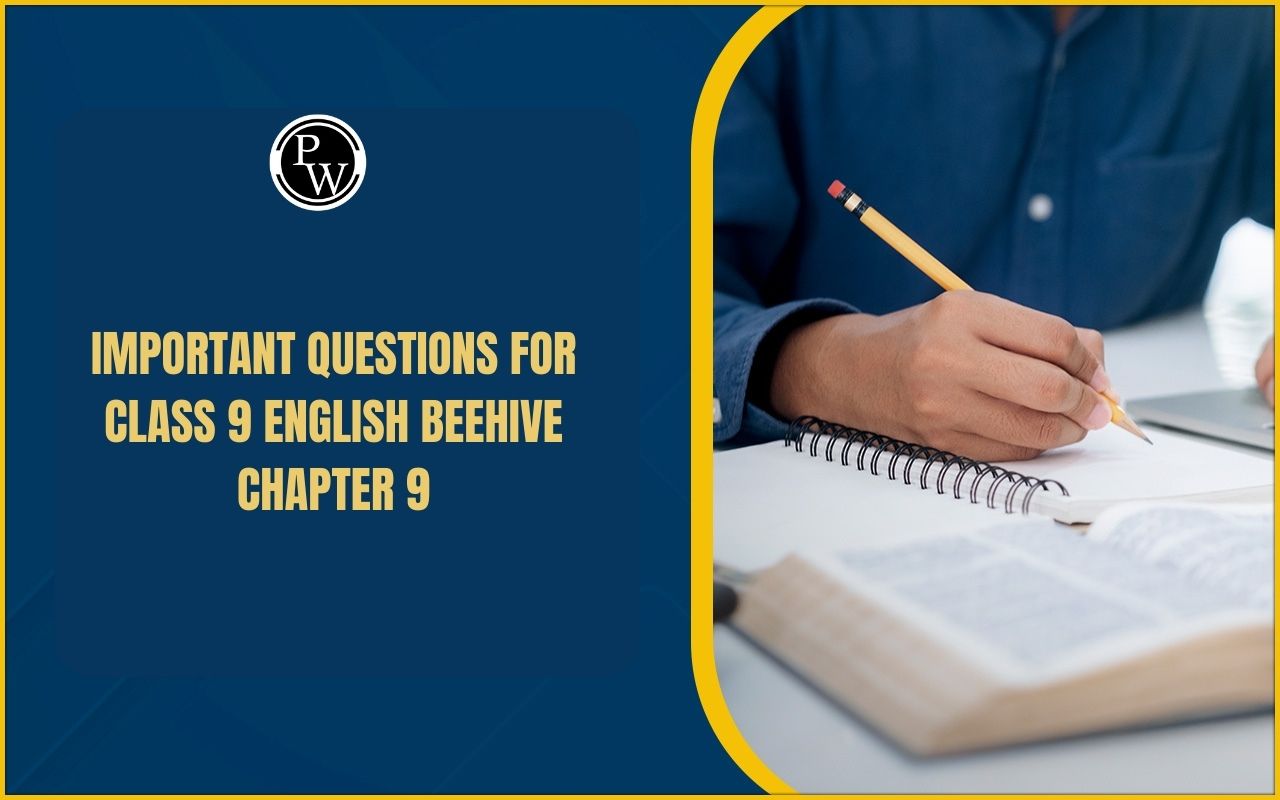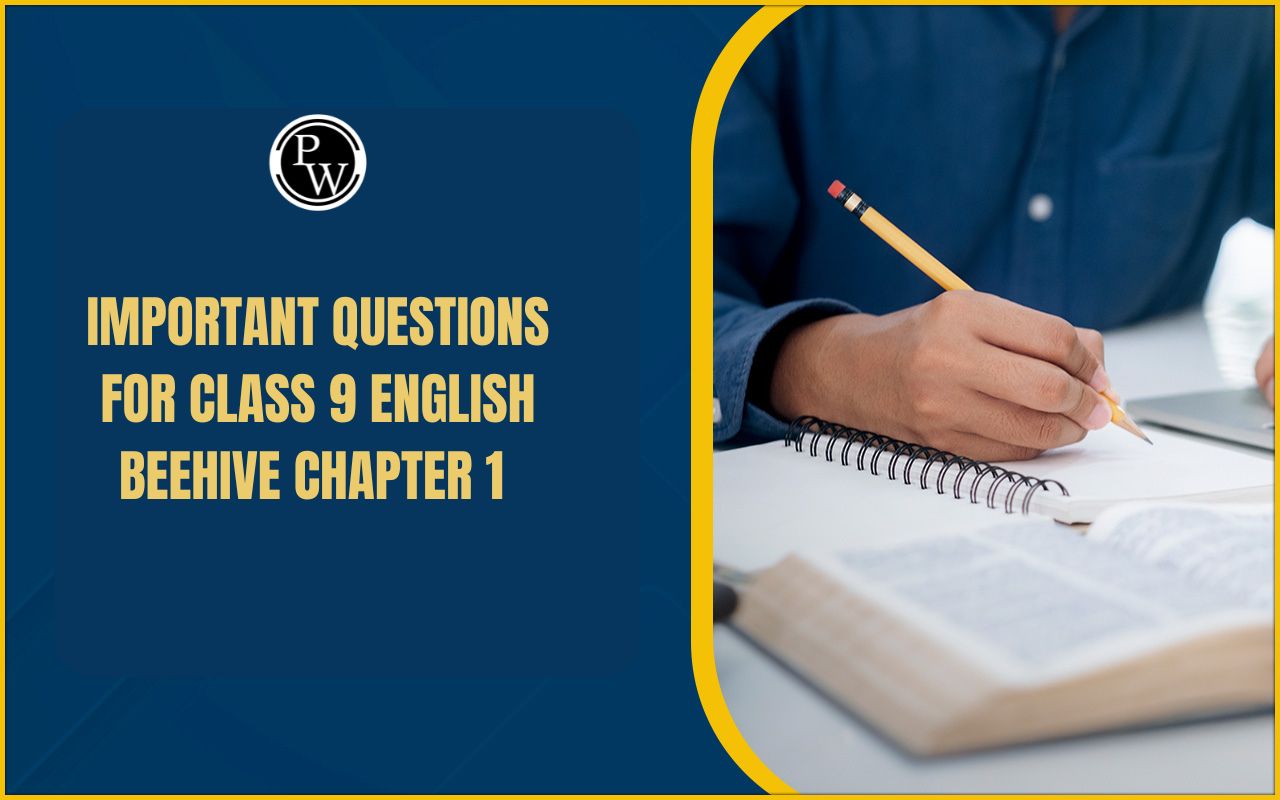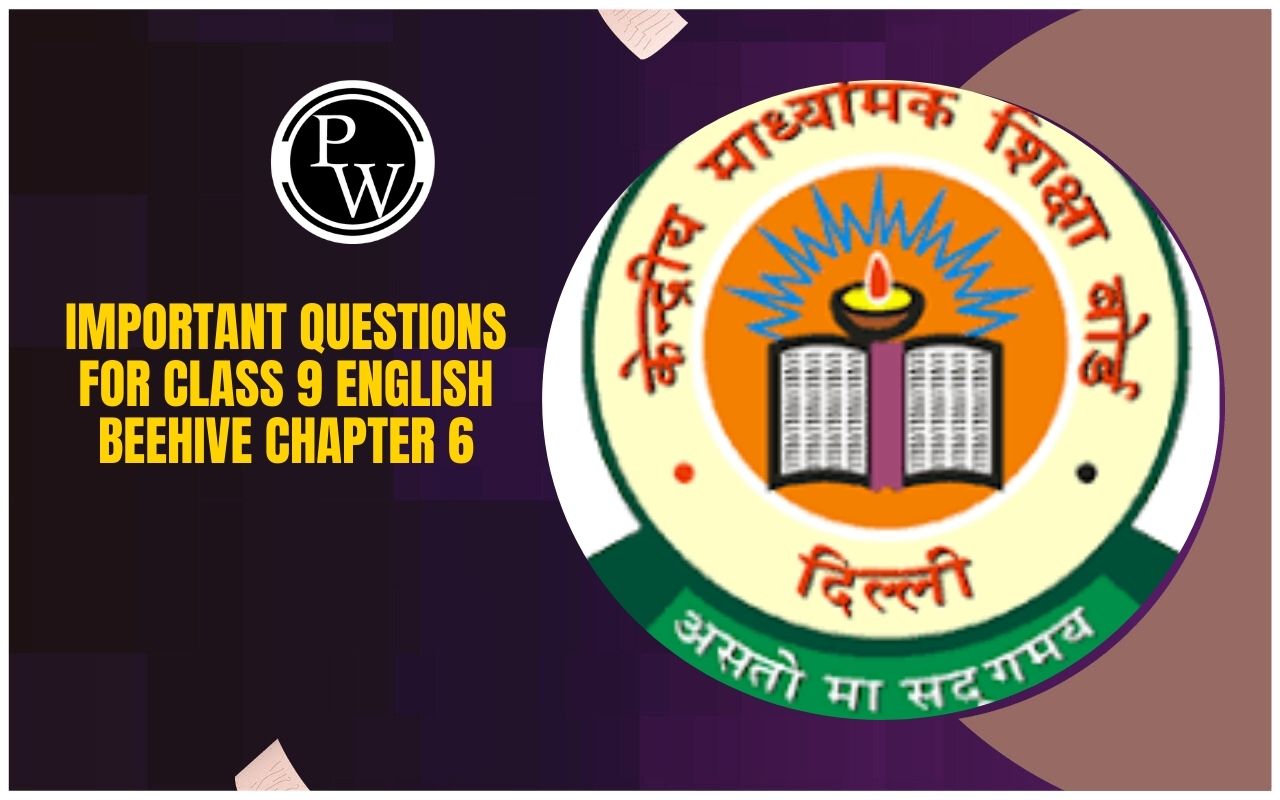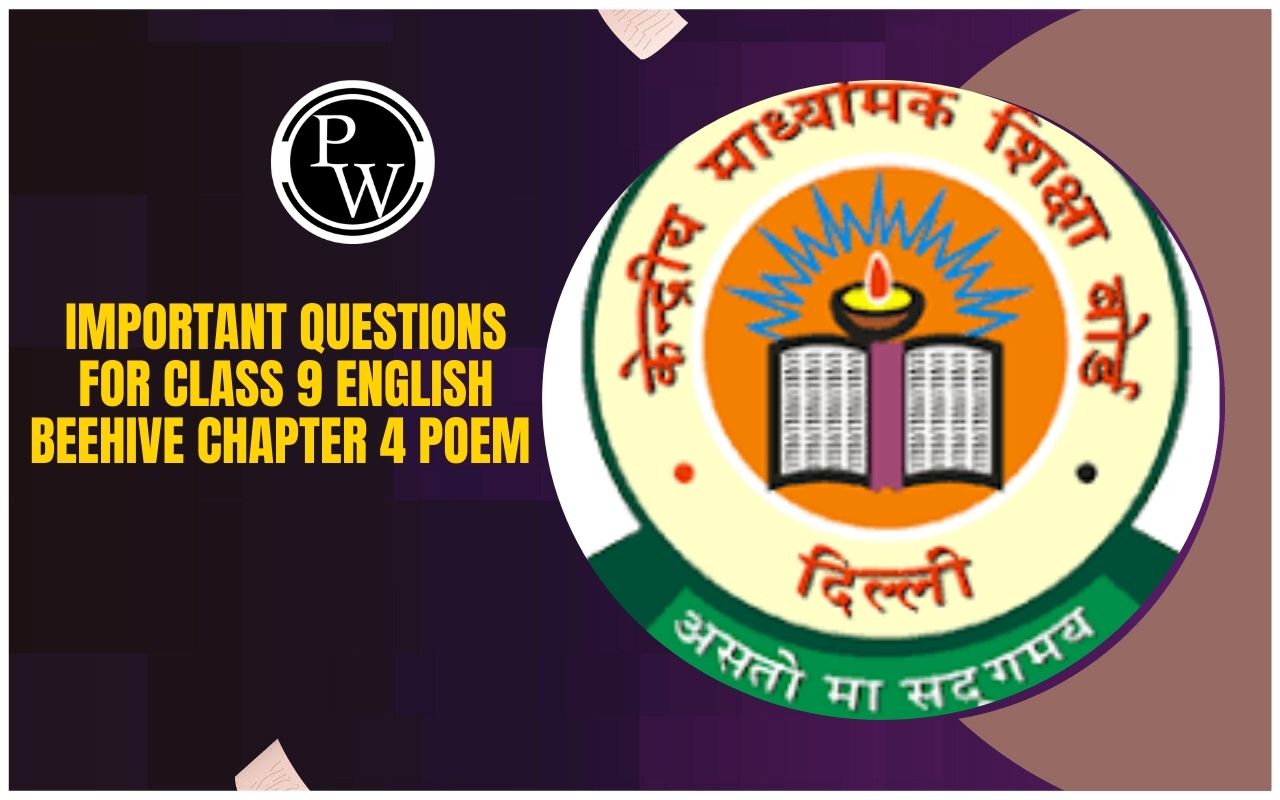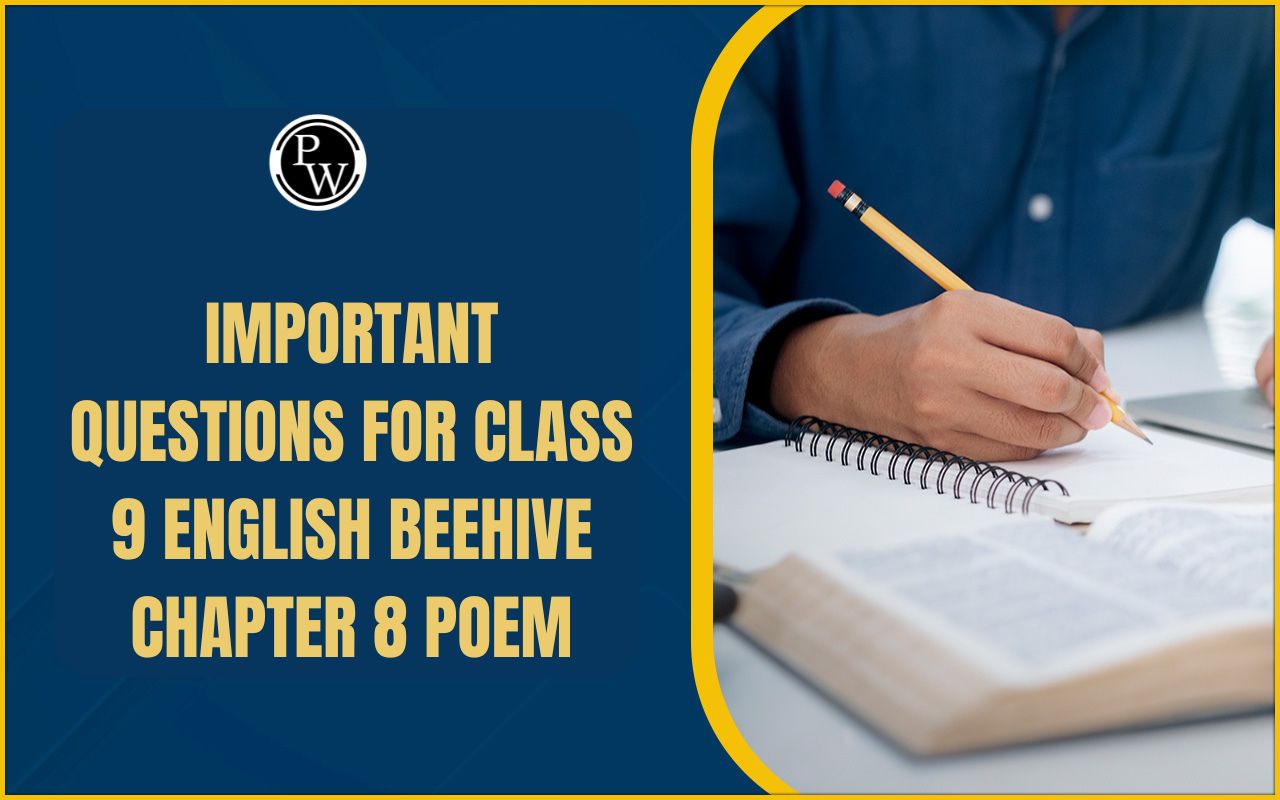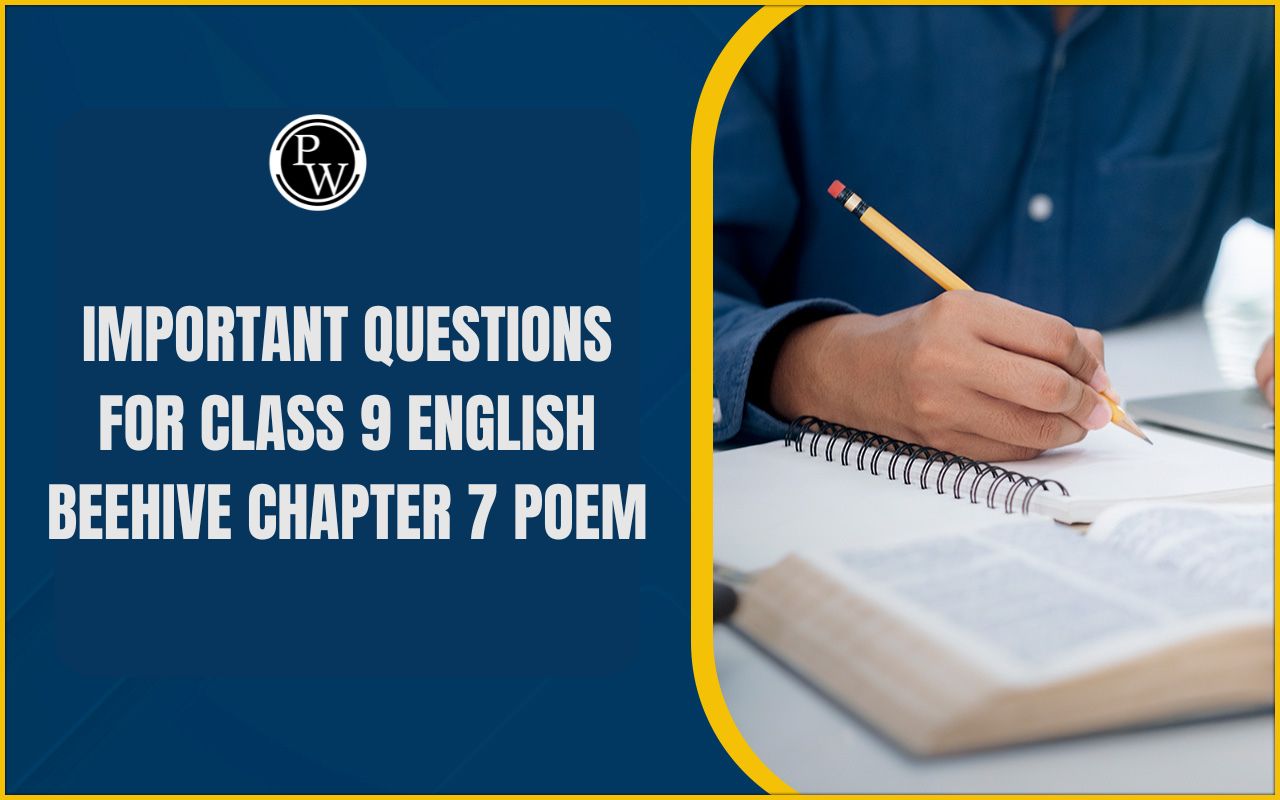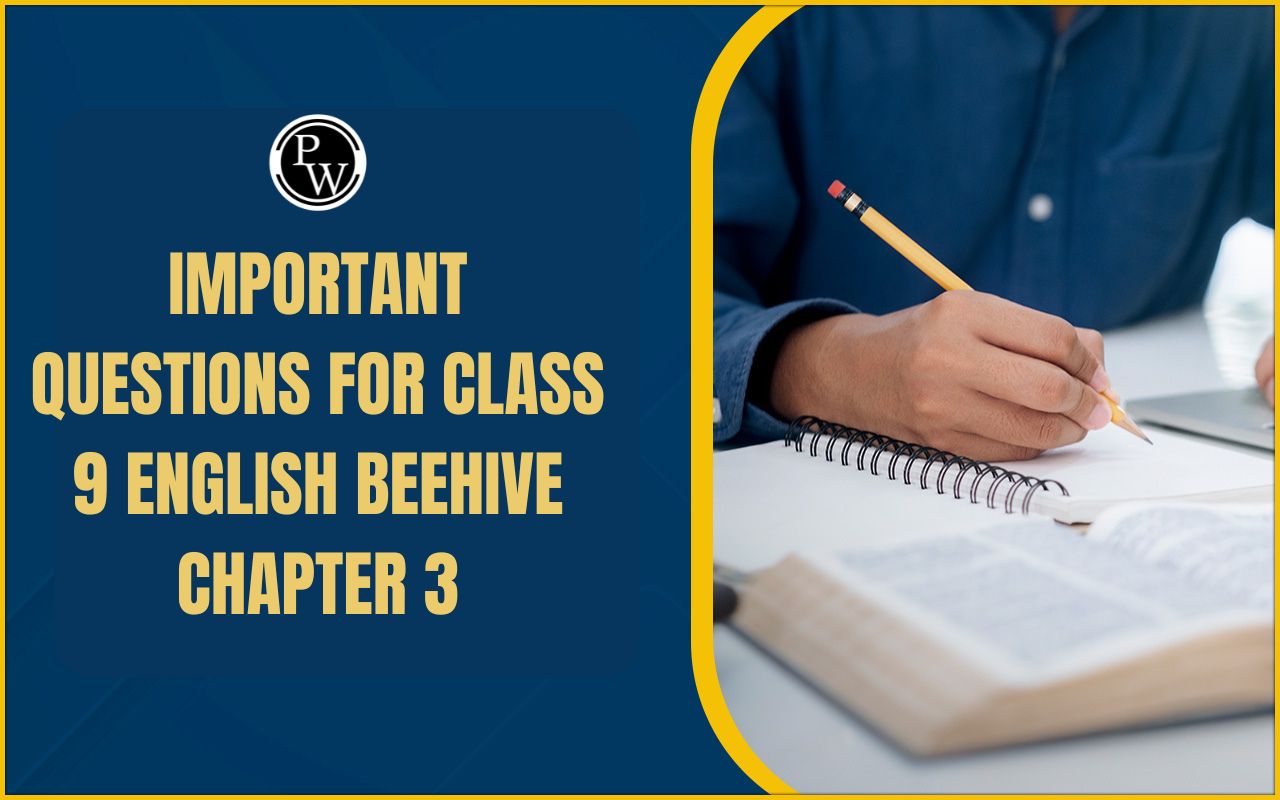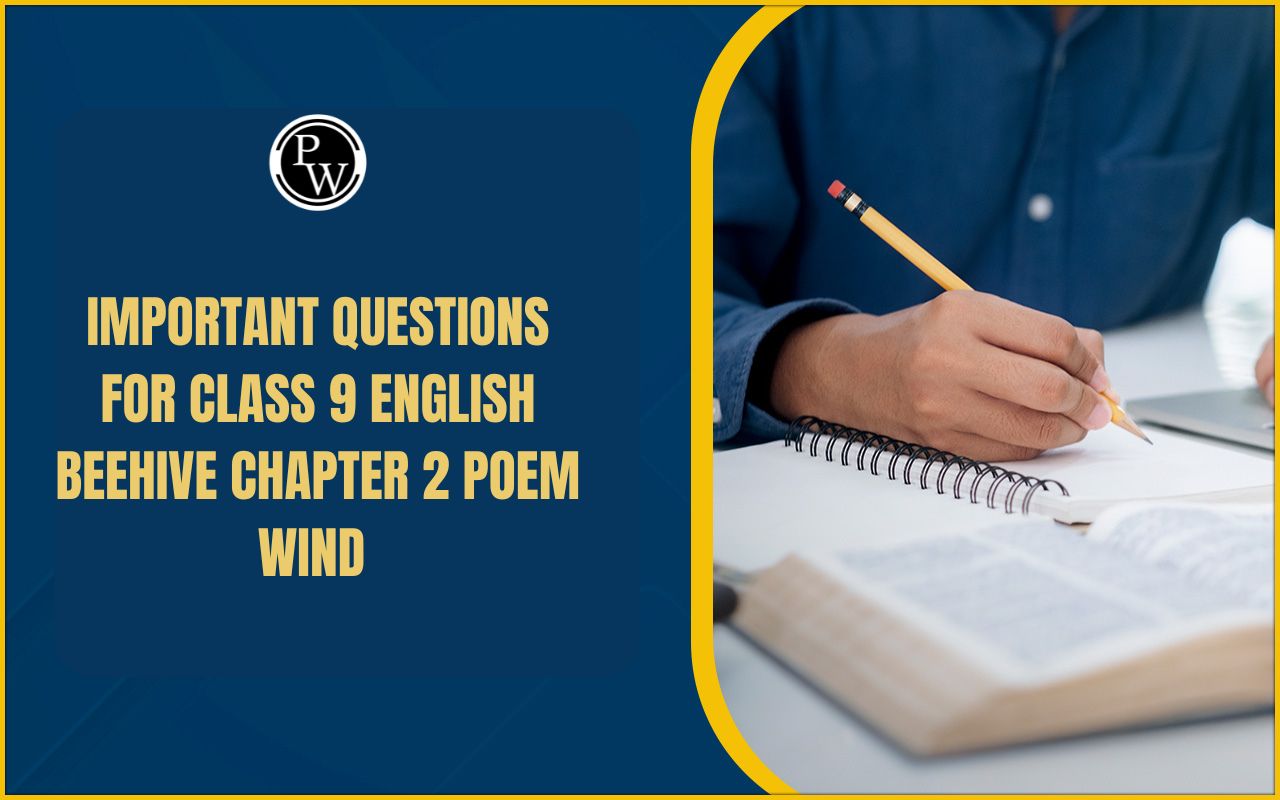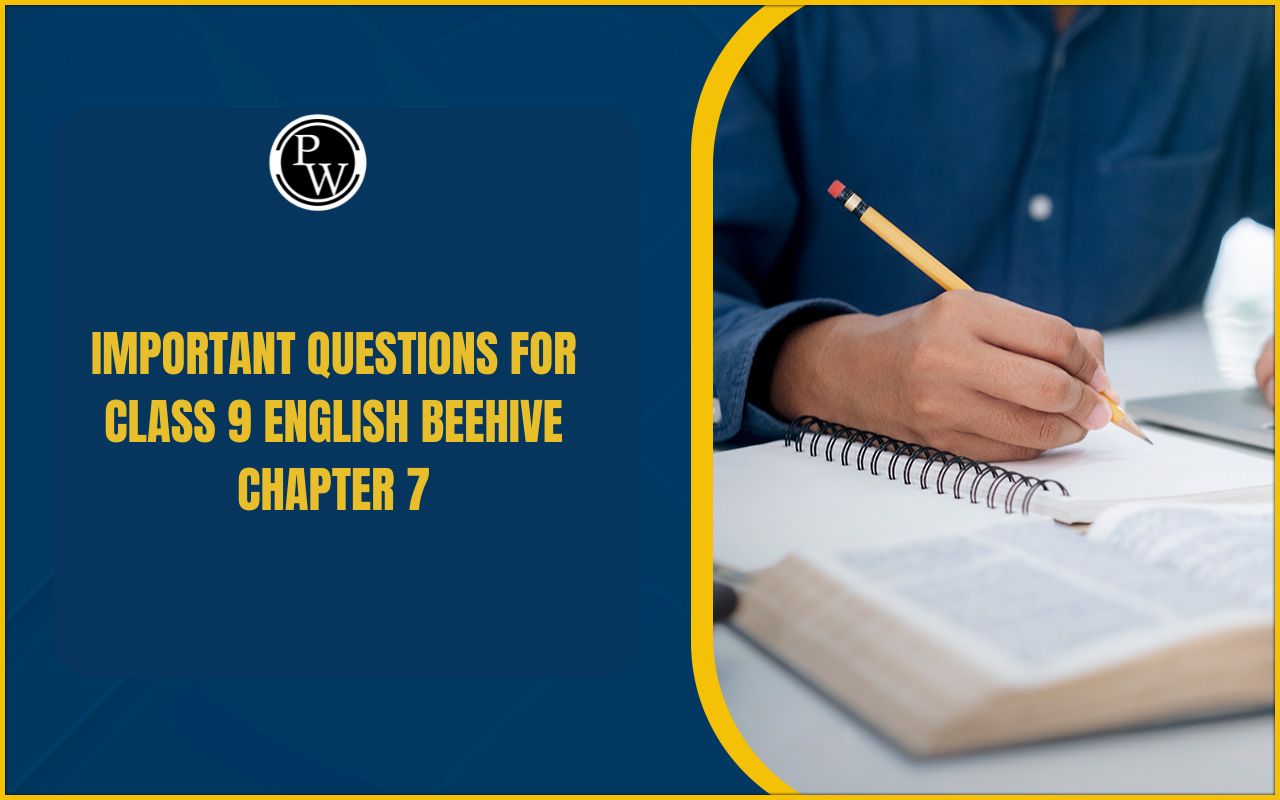
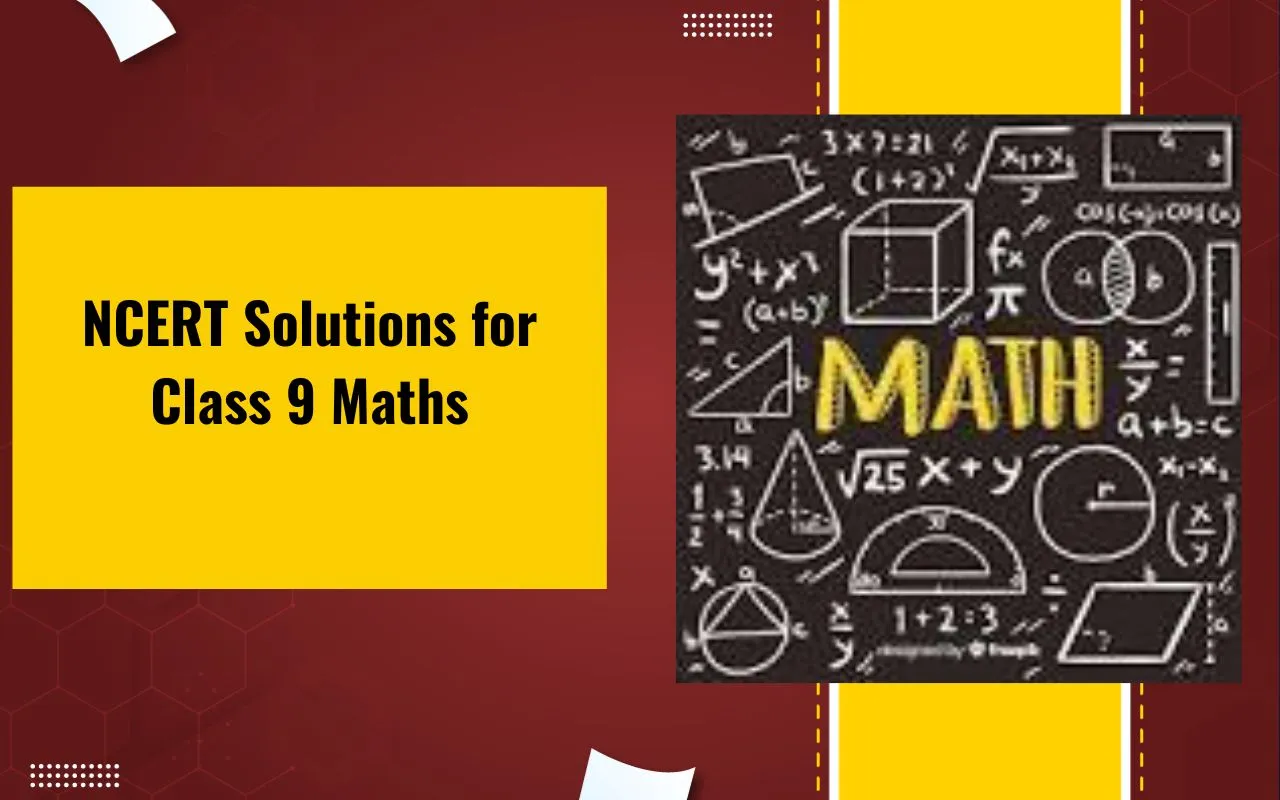
NCERT Solutions for Class 9 Maths are created to help students master key concepts and prepare effectively for exams. The cbse class 9 maths syllabus emphasizes building a strong understanding of mathematics, with a focus on developing problem-solving skills.
The exam pattern includes multiple-choice questions, short-answer questions, and long-answer questions, all of which assess both conceptual knowledge and practical application. By using NCERT Solutions, students can better manage their time, practice different types of questions, and strengthen their foundation in the subject.
NCERT Solutions for Class 9 Maths Chapter wise
NCERT Solutions for Class 9 Maths cover a wide range of topics that help students strengthen their mathematical skills. Below is a chapter-wise list of the NCERT Solutions for Class 9 Maths:
|
NCERT Solutions for Class 9 Maths Chapter wise |
|
|
S.No |
Chapter Name |
|
1 |
|
|
2 |
|
|
3 |
|
|
4 |
|
|
5 |
|
|
6 |
|
|
7 |
|
|
8 |
|
|
9 |
|
|
10 |
|
|
11 |
|
|
12 |
|
NCERT Solutions for Class 9 Maths Chapter wise Overview
Here is a brief overview of the NCERT Solutions for Class 9 Maths that cover various essential topics to help students build a strong foundation in mathematics. Below is the chapter-wise breakdown:
Chapter 1 - Number System
Chapter 1 of Class 9 Maths introduces the Number System, which forms the foundation for understanding mathematical concepts in later chapters. This chapter deals with different types of numbers, their properties, and how they are represented on the number line. Key topics covered include rational and irrational numbers, square roots, and understanding terminating and non-terminating decimals.
Topics:
-
Different Number Systems:
-
Natural numbers (1, 2, 3, …)
-
Whole numbers (0, 1, 2, 3, …)
-
Integers (positive and negative whole numbers)
-
Rational numbers (fractions or numbers that can be expressed as p/q, where q ≠ 0)
-
Irrational numbers (numbers that cannot be expressed as a fraction, such as √2, √3, π)
-
Properties of Operations:
-
Addition, subtraction, multiplication, and division on different number systems.
-
Representing Numbers on the Number Line:
-
Understanding the placement of numbers, including square roots and decimals (terminating and non-terminating).
-
Relating Terminating and Non-Terminating Decimals to Rational Numbers:
-
Non-terminating repeating decimals (e.g., 1/3 = 0.333...) are rational numbers.
-
Terminating decimals (e.g., 0.5, 0.75) are rational numbers.
-
Irrational Numbers:
-
Examples like √2, √3, and π, which cannot be expressed as fractions.
-
Review of Exponent Laws:
-
Integral and rational powers, including how to handle exponents with fractions.
-
Rationalizing Numbers:
-
A brief introduction to techniques like rationalizing the denominator.
Exercises in Chapter 1:
-
Exercise 1.1 - Identifying types of numbers (natural, whole, integers, rational, irrational).
-
Exercise 1.2 - Operations (addition, subtraction, multiplication, division) on various number systems.
-
Exercise 1.3 - Representing numbers on the number line (9 questions, including one long answer).
-
Exercise 1.4 - Comparing and ordering different types of numbers (rational vs. irrational) (5 questions, one long answer).
-
Exercise 1.5 - Applying number system concepts to real-world problems (3 short answers).
Chapter 2 - Polynomials
Chapter 2 introduces Polynomials, focusing on their structure, types, and basic operations. It covers how to add, subtract, multiply, and divide polynomials, as well as techniques for factoring them. The Factor Theorem and Remainder Theorem are also explained in detail.
Topics:
-
Definition of a Polynomial:
-
A polynomial is an algebraic expression with terms in the form of ax^n where "a" is a constant and "n" is a non-negative integer.]
-
Types of Polynomials:
-
Monomials (single term),
Binomials (two terms), -
Trinomials (three terms).
-
Degree of a Polynomial:
-
The highest exponent of the variable.
-
Operations on Polynomials:
-
Addition, subtraction multiplication, and division of polynomials.
-
Zeroes/Roots of a Polynomial:
-
Values of the variable that make the polynomial equal to zero.
-
Factor Theorem and Remainder Theorem:
-
Factor Theorem: If p(x) is a polynomial and p(a) = 0, then (x - a) is a factor of p(x).
-
Remainder Theorem: When a polynomial p(x) is divided by (x - a), the remainder is p(a).
Exercises in Chapter 2:
-
Exercise 2.1 - Identifying components of polynomials.
-
Exercise 2.2 - Classifying polynomials by their degree.
-
Exercise 2.3 - Finding the zeroes (roots) of polynomials.
-
Exercise 2.4 - Using the Factor Theorem to factorize polynomials (5 questions, including one long answer).
Chapter 3 - Coordinate Geometry
In this chapter, students will explore the Cartesian plane, the concept of plotting points using coordinates (x, y), and the relationships between points in the plane. Key terms such as origin, axes, and quadrants are introduced. The chapter also covers the graphical representation of linear equations.
Topics Covered:
-
The Cartesian Plane: Understanding the X-axis (horizontal) and Y-axis (vertical).
-
Coordinates of a Point: Each point on the Cartesian plane is represented by an ordered pair (x, y).
-
Plotting Points: How to represent points in the plane using their coordinates.
-
Linear Equations in Two Variables: Equations of the form ax + by + c = 0 and their graphical representation.
Exercises:
-
Exercise 3.1: Focuses on basic coordinate geometry concepts (short and long answer questions).
-
Exercise 3.2: Involves plotting points on the coordinate plane and understanding their positions.
Chapter 4 - Linear Equations in Two Variables
This chapter builds on coordinate geometry and focuses on linear equations in two variables. Students will learn how to translate word problems into equations, find solutions, and graphically represent the equations.
Topics Covered:
-
Linear Equations: Equations involving two variables (e.g., ax + by = c).
-
Graphical Representation: Solutions to these equations are plotted on a graph as points, forming a straight line.
-
Real-life Problems: Application of linear equations to real-life scenarios such as ratios and proportions.
Exercises:
-
Exercise 4.1: Focuses on writing linear equations from word problems.
-
Exercise 4.2: Involves solving and graphing linear equations.
Chapter 5 - Introduction to Euclid’s Geometry
In this chapter, students are introduced to Euclid’s Geometry, which forms the basis for classical geometry. Key concepts such as axioms, postulates, and theorems are discussed, along with an introduction to Euclid’s five postulates.
Topics Covered:
-
History of Euclid: Introduction to Euclid and the development of geometry.
-
Euclid's Postulates: The five postulates and their implications in geometry.
-
Axioms and Theorems: How axioms lead to the formulation of theorems.
Exercises:
-
Exercise 5.1: Involves questions on basic geometric definitions, properties of points and lines, and the study of Euclid's postulates.
Chapter 6: Lines and Angles
This chapter focuses on the relationship between lines and angles. It explains concepts like:
-
Sum of Adjacent Angles on a Line: These add up to 180°.
-
Vertically Opposite Angles: Equal when two lines intersect.
-
Angles Formed by a Transversal with Parallel Lines: It covers corresponding angles, alternate angles, and interior angles.
-
Sum of Angles in a Triangle: Always 180°.
-
Exterior Angle of a Triangle: Equal to the sum of the two opposite interior angles.
Exercise 6.1:
This exercise contains 6 questions:
-
5 Short Answer Questions: These questions involve solving for unknown angles using properties of angles, like the sum of angles on a straight line, vertically opposite angles, and angles formed by a transversal with parallel lines.
-
1 Long Answer Question: This may involve multiple concepts, like proving angle relationships or applying the properties of angles in complex geometric situations.
Chapter 7: Triangles
This chapter deals with properties and theorems related to triangles:
-
Congruence: SAS, ASA, and SSS congruence criteria.
-
Triangle Inequality: The sum of the lengths of any two sides of a triangle is always greater than the third side.
-
Properties of Angles: Angle relationships within a triangle and the relationship between sides and opposite angles.
Exercises:
-
Exercise 7.1:
-
Focuses on proving triangles congruent using different congruence rules like SSS, SAS, and ASA.
-
Exercise 7.2:
-
This exercise deals with the properties of angles in triangles, including interior and exterior angles.
-
Exercise 7.3:
-
This exercise introduces the concept of midpoints and perpendicular bisectors. You will prove that a segment joining the midpoints of two sides of a triangle is parallel to the third side and half its length.
Chapter 8: Quadrilaterals
Quadrilaterals are explained with emphasis on properties of parallelograms and their diagonals:
-
Diagonals of Parallelograms: Divide them into congruent triangles.
-
Midpoint Theorem: The line segment joining the midpoints of two sides of a triangle is parallel to the third side.
Exercises Overview:
-
Exercise 8.1:
-
This exercise focuses on using theorems related to quadrilaterals, particularly parallelograms.
-
Topics covered include proving the properties of a quadrilateral, such as showing that a quadrilateral with opposite sides equal and parallel is a parallelogram.
-
It includes 12 questions with a mix of short, long, and very long answers. The breakdown is:
-
2 Short Answers
-
6 Long Answers
-
4 Very Long Answers
-
Exercise 8.2:
-
This exercise applies the Mid-Point Theorem in solving problems related to quadrilaterals.
-
You will work with triangles and quadrilaterals to prove properties and solve for missing angles or length
-
It includes 7 questions, with:
-
2 Short Answers
-
3 Long Answers
-
3 Very Long Answers
Chapter 9: Circles
Chapter 9 of Class 9 Maths, Circles, explores various essential concepts related to circles, including their properties and theorems that involve chords, tangents, arcs, and angles. This chapter emphasizes both the understanding of theoretical concepts and the application of these concepts through problem-solving.
Key Concepts Covered in Chapter 9 - Circles:
-
Defining Circle-Related Concepts:
-
Circle: A set of all points in a plane that are equidistant from a fixed point (the center).
-
Radius: The distance from the center of the circle to any point on the circle.
-
Circumference: The perimeter of the circle, calculated as C=2πrC = 2\pi rC=2πr.
-
Diameter: A line segment passing through the center of the circle and connecting two points on the circle; it is twice the length of the radius.
-
Chord: A line segment joining any two points on the circle.
-
Arc: A part of the circumference of the circlE.
-
Subtended Angle: An angle formed by two chords in a circle that meet at a point on the circle.
-
Equal Chords and Central Angles:
-
Equal Chords: Equal chords of a circle subtend equal angles at the center, and vice versa.
-
Perpendicular Bisector of a Chord: The perpendicular from the center of a circle to a chord bisects the chord, and conversely, a line drawn through the center to bisect a chord is perpendicular to the chord.
-
Uniqueness of Circles:
-
There is only one circle passing through any three non-collinear points.
-
Equal Chords and Distance from Center
-
Equal chords of a circle (or of congruent circles) are equidistant from the center(s), and conversely, if two chords are equidistant from the center, they are equal in length.
-
Angle Subtended by an Arc:
-
The angle subtended by an arc at the center of the circle is twice the angle subtended by the same arc at any point on the remaining part of the circle.
-
Angles in the Same Segment:
-
Angles in the same segment of a circle are equal.
-
Concyclic Points and Cyclic Quadrilaterals:
-
If a line segment joining two points subtends equal angles at two other points lying on the same side of the line containing the segment, the four points lie on a circle (the points are concyclic).
-
Cyclic Quadrilaterals: In a cyclic quadrilateral, the sum of either pair of opposite angles is 180°.
Exercises Overview:
-
Exercise 9.1:
-
This exercise focuses on proving theorems about equal chords and the central angles they subtend.
-
2 Questions: These involve short answer questions related to equal chords and central angles.
-
Type: 2 Short Answer Questions
-
Exercise 9.2:
-
This exercise deals with problems that apply the relationships between chords, central angles, and their implications to solve for unknown angles or lengths.
-
2 Questions: These involve long answer questions, typically requiring step-by-step problem-solving.
-
Type: 2 Long Answer Questions
-
Exercise 9.3:
-
This exercise involves solving more complex problems that test your understanding of circle properties, angles, and cyclic quadrilaterals.
-
3 Questions: These are longer problems requiring deeper application of theorems.
-
Type: 3 Long Answer Questions
Chapter 10 - Heron’s Formula:
In this chapter, students will learn about Heron’s Formula, which is used to find the area of a triangle when the lengths of all three sides are known. This formula is useful because, in many situations, the height of the triangle might not be available, and Heron’s Formula provides a way to calculate the area based only on the side lengths.
-
Key Concept: This chapter teaches how to find the area of a triangle using Heron's Formula, without going into its proof.
-
Application: It also covers how Heron's formula can be applied to quadrilaterals by dividing them into triangles.
-
Exercises:
-
Exercise 10.1: Practice problems involving triangle side lengths and calculating area using the formula.
Chapter 11 - Surface Areas and Volumes:
Chapter 11 of Class 9 Maths focuses on the concepts of surface areas and volumes of different solid shapes. This chapter teaches how to calculate the surface area and volume of various 3D objects like cubes, cuboids, spheres, cones, cylinders, and hemispheres. The focus is on understanding the formulas, applying them, and solving related problems.
-
Key Concept: Focuses on finding the surface areas and volumes of 3D shapes like cubes, cuboids, cones, spheres, and cylinders.
-
Exercises:
-
Exercise 11.1: Focus on the curved surface area (CSA) of cones.
-
Exercise 11.2 & 11.3: Explore variations of CSA problems, involving missing slant height or radius, and right cones vs. slanted cones.
Chapter 12 - Statistics:
Chapter 12 of Class 9 Maths introduces students to the fundamentals of statistics. This chapter focuses on organizing and interpreting data using various statistical tools and methods. The key concepts include the collection, presentation, and analysis of data, which are essential for drawing meaningful conclusions from information.
-
Key Concept: Introduces statistics and its application, covering data collection, distribution, and representation.
-
Focus: Learn to calculate mean, median, and mode, and represent data in different formats like bar graphs, histograms, and frequency polygons.
-
Exercises:
-
Exercise 12.1: Practice with data presentation and creating graphs.
Benefits of Using NCERT Solutions for Class 9 Maths
-
NCERT Solutions break down complex concepts into simple, understandable steps. The explanations are clear, which makes even difficult topics easier to grasp.
-
The solutions focus on building a strong foundation. Since Class 9 Maths introduces important concepts, NCERT Solutions help reinforce the basic principles, making it easier for students to move on to more advanced topics in the future.
-
Every problem in the NCERT Solutions is solved step by step. This helps students understand the reasoning behind each solution and improves their problem-solving skills.
-
The solutions are in line with the CBSE syllabus, so they are great for exam preparation. Practicing these problems helps students get a feel for the type of questions that can appear in the exams.
-
One of the best things about NCERT Solutions is that students can use them for self-study. They don't need to depend on extra tuition or outside help. Students can study at their own pace and refer to the solutions whenever they need help.
-
NCERT Solutions focus on developing critical thinking and problem-solving skills. The problems are designed to make students think about the best way to approach a solution.
-
Regular practice with NCERT Solutions helps reduce exam anxiety. When students are familiar with the types of questions they might face, they feel more prepared and less anxious about the exam.
-
These solutions cover all the chapters and topics in the syllabus, ensuring no topic is missed. This m
NCERT Solutions for Class 9 Maths FAQs
How can NCERT Solutions for Class 9 Maths help in exam preparation?
Are NCERT Solutions sufficient for Class 9 Maths?
Do NCERT Solutions cover all topics in the Class 9 Maths syllabus?
Can I find NCERT Solutions for Class 9 Maths with explanations for each step?

